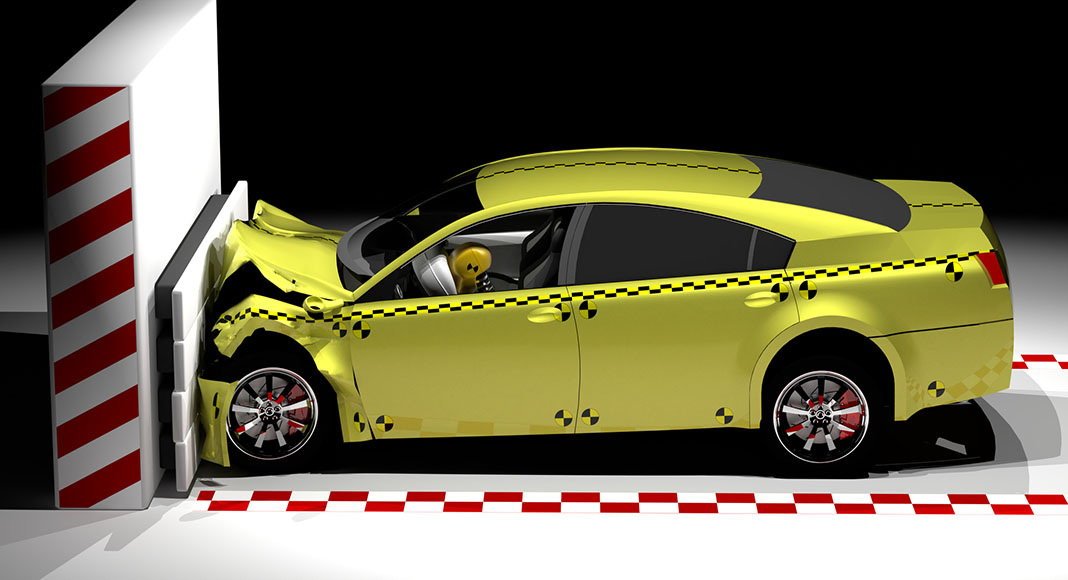The European New Car Assessment Programme (Euro NCAP) has announced changes to the way it tests the safety of vehicles.
New test procedures will include a moving barrier to the moving car frontal crash test, replacing the regulation-based moderate offset-deformable barrier test, used by Euro NCAP for the last 23 years.
Euro NCAP says the new crash test will not only evaluate the protection of occupants inside the car, but will also assess how the carâs front-end structures contribute to injuries in the vehicle it has collided with.
The organisation says side impacts account for the second highest frequency of deaths or serious injuries in collisions and, in response, it has updated this area of the safety assessment to include adjustments to the near-side barrier test speed and mass, increasing the severity of the test.
For the first time, far-side impact protection, focusing on driver protection and the potential interaction between driver and front seat passenger, will also be evaluated.
Euro NCAP says there will also be ânew, challenging test scenariosâ to rate AEB technology and the introduction of the worldâs most advanced âTHORâ mid-sized male crash test dummy.
The organisation is also partnering with the International Association of Fire & Rescue Services, to develop new rating rules to promote better post-crash safety. Manufacturers will be rewarded when rescue information is accurate and easily available.
Euro NCAP, which toughens its test protocols every two years, says the impact of the latest updates will be âsignificantâ, adding that consumers âmust be careful when directly comparing the latest results with ratings from previous years.â



















